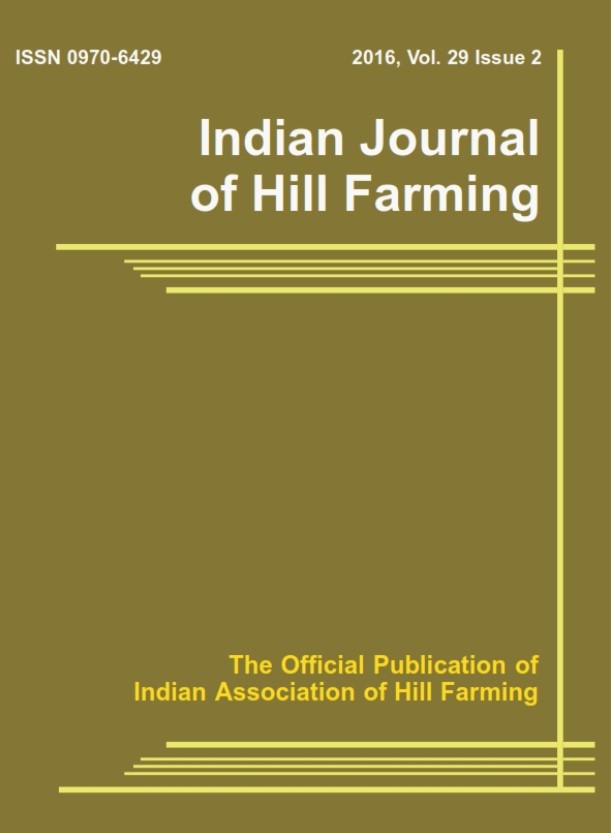Impact of Helminth Infections Control on Milk Production in Dairy Cattle of Assam
DOI:
https://doi.org/10.56678/Keywords:
Helminth infections, Milk yield, Dairy cattle, AssamAbstract
Gastrointestinal (G.I.) parasitic infections are common in dairy cattle and impact of G.I. helminth control on milk production was studied in naturally infected dairy cattle of Guwahati, Assam. Selected animals were divided into three groups (I, II and III) having 10 animals in each group. Animals of group I (Amphistome sp. + Strongyle sp. + Trichuris sp.) and group II (Strongyle sp.) are infected treated groups whereas group III (Amphistome sp. + Strongyle sp.) was untreated control group. The animals of group I and group II are treated with Neozide plus bolus @10mg/kg b.wt. and Minthal bolus @7.5mg/kg b.wt., respectively. The egg per gram of feces (EPG) and milk production (litres) were recorded pre-treatment and post-treatment (1, 2, 3 and 4 weeks). In animals of group I and group II, post-treatment EPG (Mean±SE) was reduced to zero which was maintained up to 4th weeks. The post-treatment milk yield recorded in animals of group I during 1st, 2nd, 3rd and 4th weeks were 8.64 ±0.12, 9.22±0.10, 9.75±0.09 and 9.87±0.11 litres, respectively. In animals of group II, the post-treatment milk yield recorded during 1st, 2nd, 3rd and 4th weeks were 8.30±0.15, 8.58±0.16, 8.91±0.16 and 9.14±0.15, respectively. Milk production was increased in dairy cattle over a period of 4 weeks in animals treated with Neozide plus and Minthal up to 17.50% and 12.83%, respectively. A net profit of Rs 261.00 per cattle was observed following anthelmintic treatments.
Downloads
Published
Issue
Section
License

This work is licensed under a Creative Commons Attribution-NonCommercial-NoDerivatives 4.0 International License.




